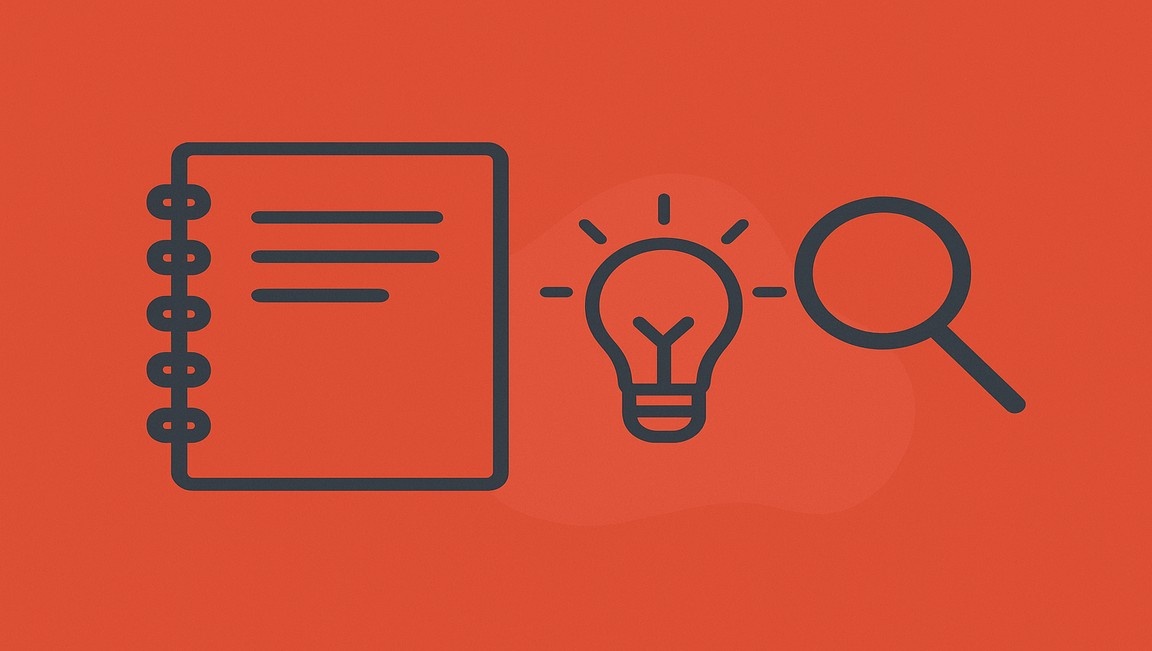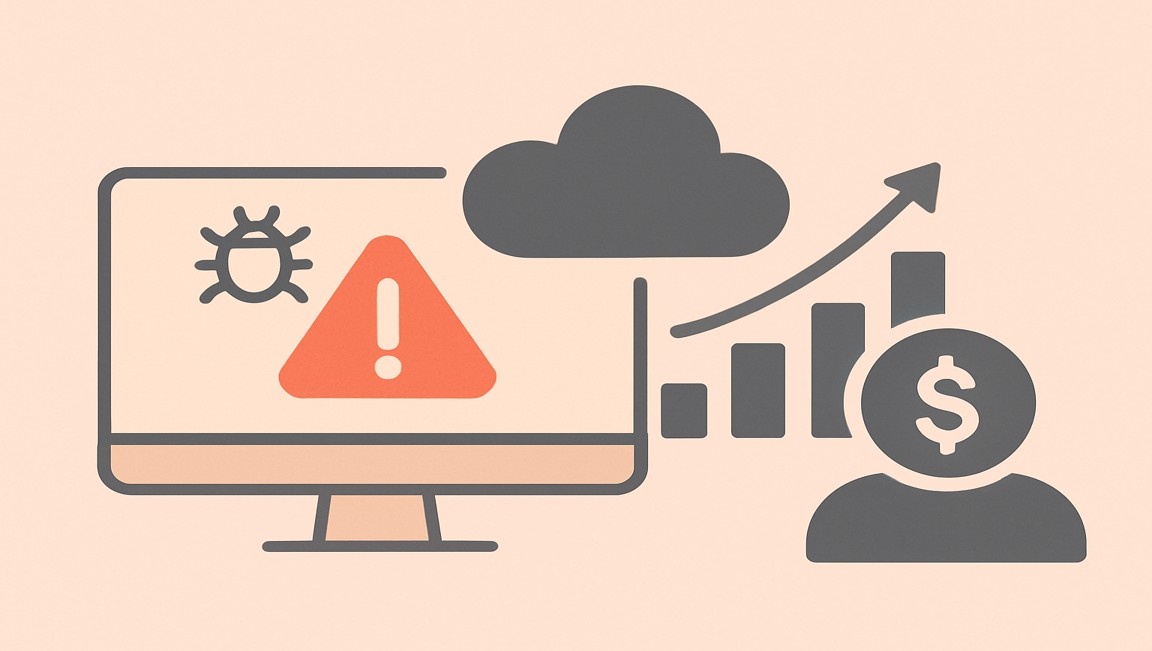Table of content
SHARE THIS ARTICLE
Is this blog hitting the mark?
Contact Us
Key Points:
- Testing is essential for software development: It helps identify bugs, deliver quality products, ensure they meet requirements, increase confidence in the product, and promote business growth.
- There are 3 main categories of testing: Functional testing verifies the application functions as intended. Non-functional testing focuses on performance, usability, and reliability. Regression testing ensures new code doesn't affect existing functionalities.
- Functional testing ensures core functionalities work: It includes testing user input, error handling, and accessibility.
- Non-functional testing focuses on broader aspects: It includes performance testing (how many users can access it simultaneously), security testing (protecting user data), and usability testing (how user-friendly it is).
- Testing helps businesses: By preventing mistakes early in development, testing reduces costs and ensures a high-quality product that meets user needs.
Table of Contents
- Typical Objectives of Testing
- Approach Towards Testing
- Three major categories of testing
- Facts may include in typical objectives of Testing
- Non-Functional Testing
Testing is an integral part of the software development lifecycle. Without this, the application cannot go to the public domain. Furthermore, software testing experts validate the working of an application as per the specification. To analyze an application, the QA team performs manual testing and automation testing.
Both testing approaches make an application robust, interactive, and user-friendly. According to a report published in March 2023 by Global Market Insights, the increasing demand for mobile applications is fueling the growth of the software testing market helping it to reach a value of around USD 45 billion in 2022.
The same is expected to grow at a compound annual growth rate (CAGR) of 5% from 2023 to 2032.However, testing is not an easy job because all users have different mindsets and expectations. Also, we know, that everyone can not like your product, but we should make it to the maximum.
Hence through quality testing, we make your application user-friendly so that maximum users can cherish it.By being in the industry for more than a decade, we have seen the contribution of QA in making products successful. Also, those who ignore testing bear losses and losses only.
So if you are planning to create an online application, always test it under various scenarios. Also, testing bridges the gap between the actual requirement and the developed application.
5 Typical Objectives of Testing
Delivering quality products is the ultimate objective of testing. Let’s have a look over the various objectives of testing:
- Identification of Bugs and Errors
- Delivering Quality Product
- Justification with Requirement
- Increasing Confidence in the Product
- Enhanced Growth
.webp)
#1 - Identification of Bugs and Errors
Once the developer finishes coding, the tester starts testing. During testing, QA validates each module under various conditions. Afterward, they collect all the errors & bugs and forward them to the developer to fix.
With modern advancements like AI/ML for test case generation, better analysis, and execution, the testing processes are now capable of delivering better products. Other methods include Shift-Left Testing and Robotic Process Automation (RPA) Testing which helps in maximizing test coverage.
#2 - Delivering Quality Product
The main aim of testing is to maintain the quality of the product. Also, testing has its cycle and in each phase, all focus revolves around quality only. These include using the core testing methods to perform functional testing and non-functional testing. The emergence of DevOps combined with Quality Assurance (QA) to utilize QAOps along with Agile methodologies has certainly boosted the overall productivity to deliver quality products.
Read More: QAOps: Best Practices To Be Implemented in Quality Testing
#3 - Justification with Requirement
During testing, the QA team validates whether the application is following the SRS (System Requirement Specification) document or not. Testing for user experience and implementing API testing helps in validating the business requirements of the product.
#4 - Increasing Confidence in the Product
The testing team constantly checks the features of the software. It must fulfill the business demand and drive confidence. Security, performance, and scalability testing enabled through automation with CI/CD pipelines through DevOps helps in building and increasing confidence. This assures the reliability of the product.
Read More: How to Test Scalability for Cloud-based SaaS Products
#5 - Enhanced Growth
A quality delivery increases the potential of a business. And we all know quality comes through testing only. Increased ROI through proper testing helps in the sustained and continuous growth of the product. Business and user goals are properly met with higher revenues and improved cost efficiency.
Approach Towards Testing
Testing is not only about working with technical expertise because it also demands critical thinking and decision-making capabilities. A tester has to think like an end-user. Various questions should come to mind like:
- Whether the consumer will like the color combination
- What if the user’s cell phone gets switched off immediately
- What kind of questions, a user may ask during support (Testers need this during chatbot testing)
- Whether the customer is okay with the layout or not
A tester has to take care of these areas during testing to make sure to meet the client’s expectations.
Three major categories of testing
Functional Testing:
The purpose of this testing method is to verify each function of an application. During functional testing, the QA team verifies each module’s output, by inserting various inputs. While implementing this category of testing, the QA experts try to verify the software system against the specification document from a functional perspective.
However, the testing method does not do anything with the source code as it only checks and validates functioning. Functional testing is the backbone of the entire testing process.
If your software outputs accurate results and works as expected, users will like it. You can perform functional testing either by following the manual or automation testing approaches. For Example: If you test whether a user can log into a system or not, after registration, you are doing functional testing During functional testing, we ensure
- Accessibility of an application
- Main Functions
- Usability
- Conditions of errors
Non-Functional Testing:
As its name says, the testing method verifies the non-functional part of an application such as reliability, response, speed, etc. It is entirely the opposite of functional testing, which we have explained above. Issues that testers do not address during functional testing they test here. QA experts examine the overall functioning of the software.
They highlight the concerns that affect the accomplishments and usability of the application. For Example: If you test an application by checking how many users can log in simultaneously, you are doing non-functional testing. During Non-Functional testing, we ensure:
- Efficiency
- Portability
- Optimization
- Load and Performance
Regression and Maintenance Testing:
The more you test, the more productive your software becomes. Also, we know that the development of any software is a continuous process. It means every now, and then updates are given to the existing product. Rather than testing the entire system multiple times, we use regression testing.
Through this testing, testers validate whether the newly written code will affect the existing feature or not. Now you must be thinking, what is this Regression Testing? It is the collection of already executed test cases.
Hence it helps in getting the effect of any code change in the existing features. For Example: Suppose there is an application with the feature of “ADD DATA” and “EDIT DATA”. Now the developer has introduced one more feature, “DELETE Data”, Under Regression testing, the tester will ensure that the new feature does not affect the existing characteristics.
Facts may include in typical objectives of Testing
.webp)
- Prevent Mistakes: We want to stop errors from happening early on because it's cheaper and easier to fix them at the start of the process.
- Check Work: Before developers start working on something, we make sure it's clear and makes sense. This saves time later on.
- Confirm Requirements: We make sure the software does what the client wants. We test everything to be sure it works properly.
- Test Functionality: We check that the software works as it should for the users. This is called validation, and it happens after the software is built.
- Make Software Better: Testing helps improve the quality of the software by finding and fixing mistakes.
- Lower Risks: We try to reduce the chances of bad things happening with the software. This is important because every project has uncertainties that could cause problems.
- Inform Everyone: We share information with everyone involved in the project so they understand what's happening with the software and can make good decisions.
- Find Mistakes: We search for and identify any problems or mistakes in the software. The goal is to catch these as early as possible in the testing process.
Need to Test with The Right Objectives?
As a leading software testing company in India, QAble truly understands its worth, and we always try to let people understand the same. We facilitate the right testing methods for your application or product to outperform. With years of expertise in QA consulting services, our experienced team believes in adding value to your product to make it market-ready in a reliable manner.
QAble employs comprehensive tests for conducting manual and automation tests for your product that fits your requirements and business use cases. Our experts have a proven track record of delivering successful projects for clients across various domains and geographies.
Discover More About QA Services
sales@qable.ioDelve deeper into the world of quality assurance (QA) services tailored to your industry needs. Have questions? We're here to listen and provide expert insights


Nishil Patel is the Co-founder of QAble, delivering advanced test automation solutions with a focus on quality and speed. He specializes in modern frameworks like Playwright, Selenium, and Appium, helping teams accelerate testing and ensure flawless application performance.
.svg)














.webp)
.webp)
.png)
.png)











.png)



.png)

.png)

.png)




















.webp)

